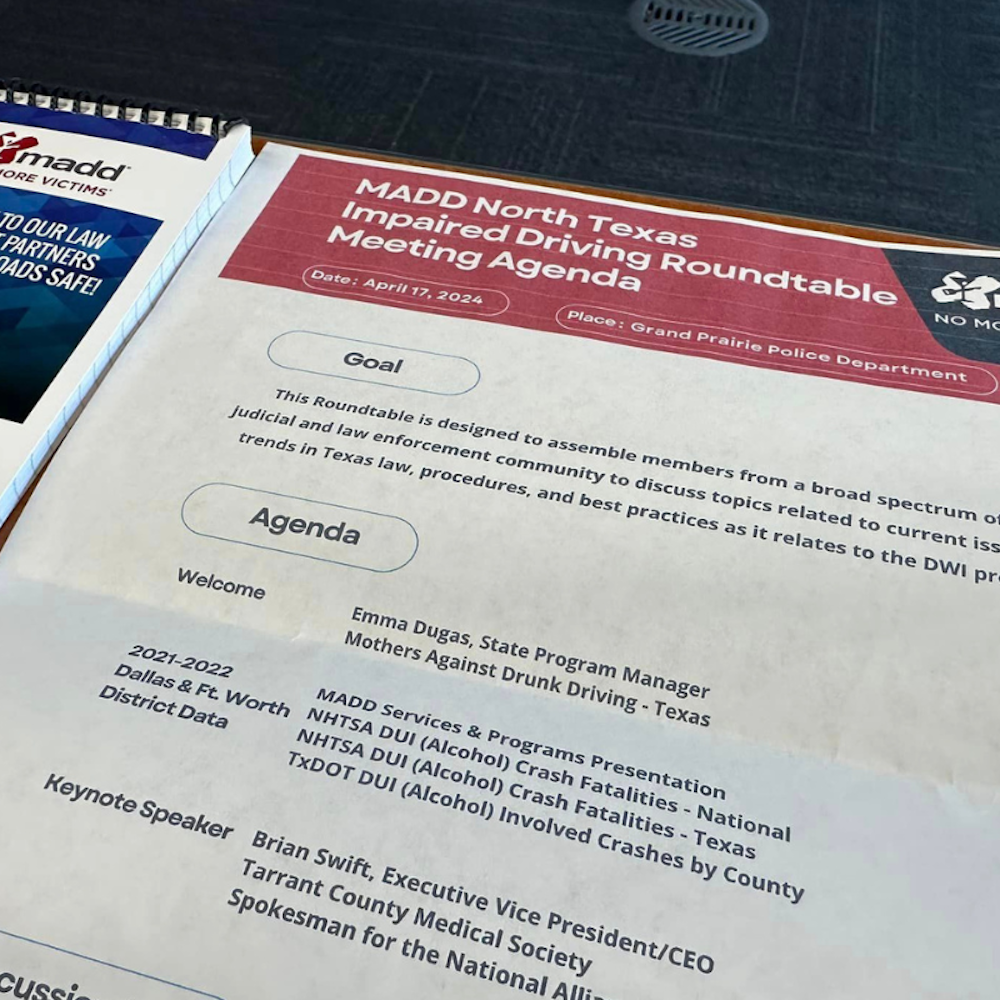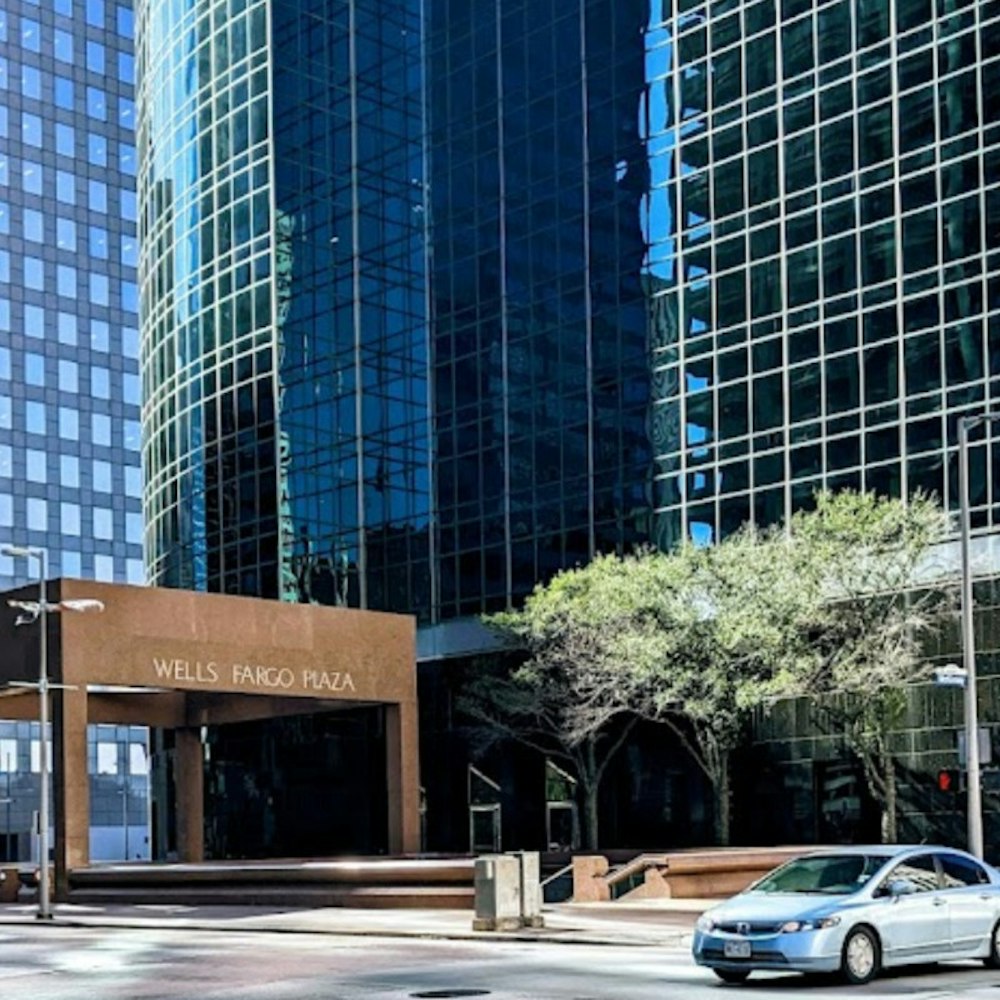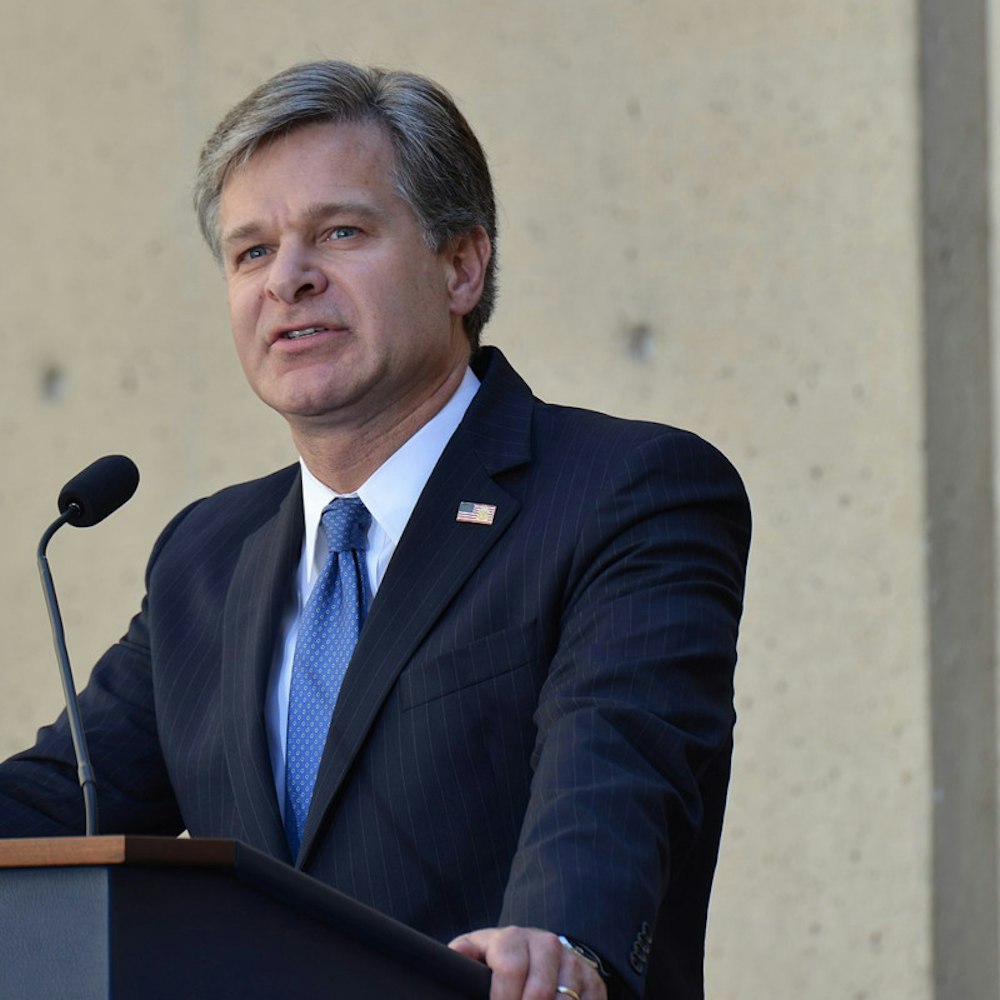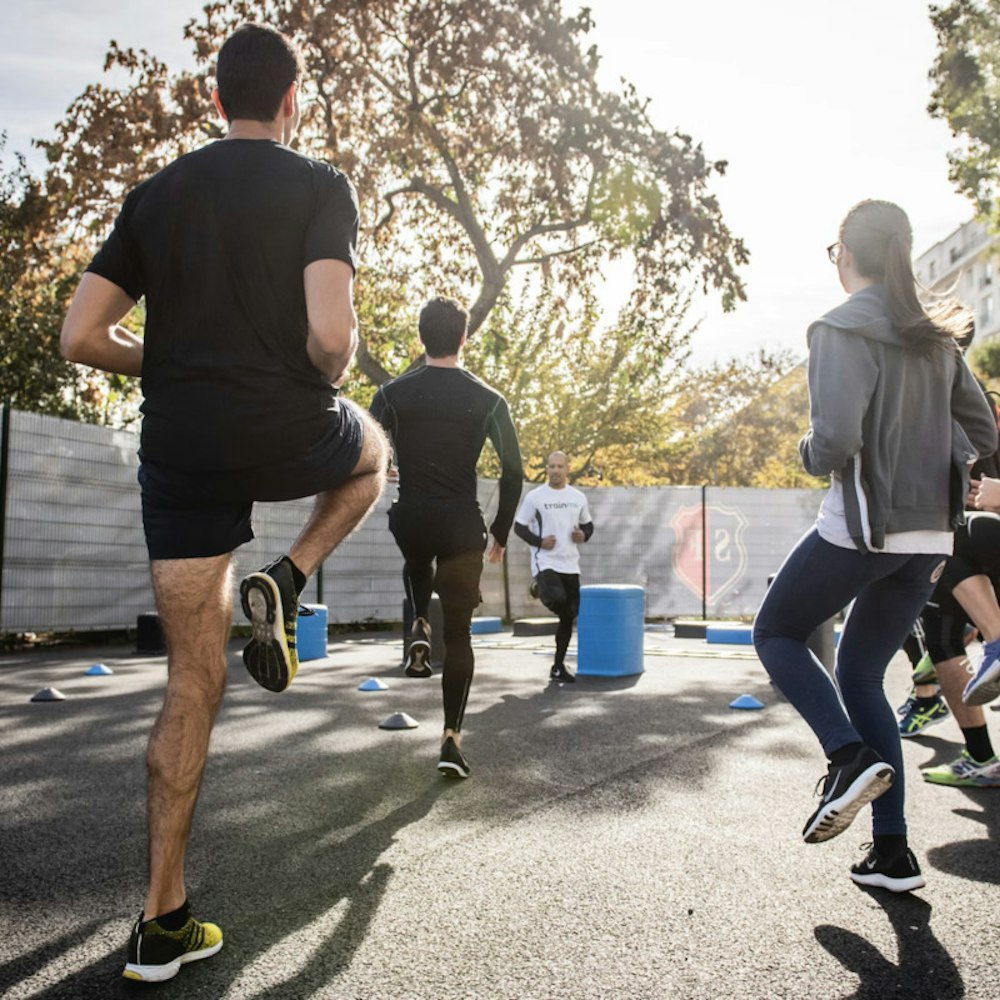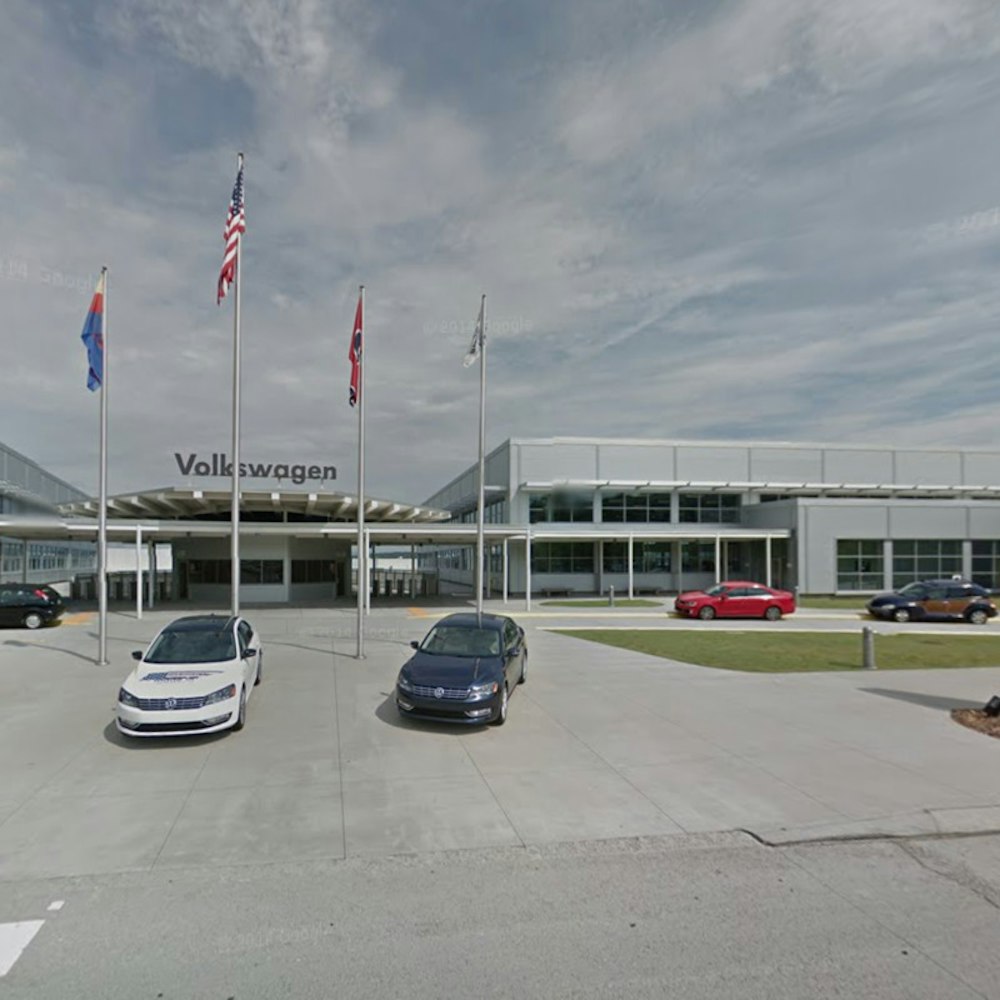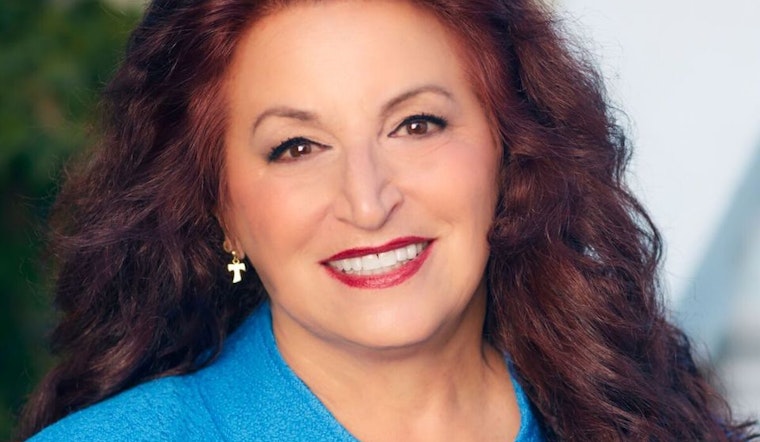
Tomorrow, San Francisco residents will elect a new mayor.
To learn more about the eight candidates on the ballot, we sent them a questionnaire asking about a wide range of issues. Click here to read all of their responses.
Angela Alioto, Civil Rights Attorney
Why are you running in the special election?
When I saw the tent cities springing up around the city, I realized that I could do something about it. The current Board of Supervisors is at a standstill on homelessness — its willingness to allow dangerous and inhumane tent cities — these are guaranteed to result in dirty streets, increased crime, alcoholism and drug use.
I want the best for San Francisco. With rising homelessness, housing prices, and overall living expenses, San Francisco needs a leader who will listen and get things done. I love the city and I have more experience than the other candidates for Mayor.
Based on the last homeless census, there were 7,499 unhoused San Francisco residents in 2017. What's your plan for reducing this number?
Homelessness is the biggest concern in this upcoming mayoral election, and it should be. I am the candidate with the most successful record on the issue. The homeless crisis affects our government and our residents. It diverts money and resources away from their primary purposes, while shifting spending and staffing priorities away from where they should be. Police Officers spend their day acting as social workers, when they should be policing.
In one week, the Department of Public Works picked up 55 thousand pounds of debris from a homeless encampment, including 4,000 needles, as well as commercial and household waste, discarded clothing, furniture, medical supplies, and human waste. The DPW spent $8.4 million for labor and supplies cleaning up after the estimated 8,000 homeless in the annual 2014-15 budget. They have the resources and workforce to clean our streets, but they are diverted to monitoring homeless camps, which is not their job. Their primary focus should be cleaning and maintaining our streets.
We have poor, mentally unstable, addicted human beings living on our streets, it’s costing our city hundreds and hundreds of millions of a dollars a year, and we are still failing to fix the problem. All of us have had enough. Resolving the homeless crisis would result in significant improvement to problems of crime and clean streets, which are the other two major concerns I’m hearing from people all around the city.
As Chair of the ten-year plan on homelessness from 2003 - 2011, we housed over 11,000 individuals in permanent supportive housing with a 94 percent retention rate. That’s what’s missing from our current homeless solution - we cannot continue to invest in programs that take in our most vulnerable, help them get their situations resolved and then return them to the same toxic environment 120 days later. Navigation centers are a vital part of that mix but only when they lead to a sustainable exit plan, preferably into permanent, supportive housing.
My current plan, All In For Housing, is the beginning phase of a fully comprehensive five-year plan to fully address the housing crisis that has plagued the City of San Francisco for decades. The R.A.P.I.D. homeless plan provides immediate housing to address the moral crisis taking place on the streets of San Francisco. But we also understand that long term low-income housing is needed immediately for the potential future homeless, to truly and finally address the housing crisis taking place in San Francisco.
We have tried for decades to deal with both problems separately. Business as usual is not working. The housing for low-income San Franciscans and the permanent supportive housing for the homeless, have often been piecemeal ideas, supported by piecemeal funding commitments, and all have basically failed. While we successfully housed 11,643 in permanent supportive housing, while working with then-Mayor Gavin Newsom, through my 10-year plan to end chronic homelessness, unfortunately, the lack of commitment to the plan and cutting the funding precipitated an upsurge of the problem on our streets.
What are your plans for expanding the city's supply of affordable housing?
San Francisco is facing an extreme affordable housing crisis. While we continue to build market rate housing at rates that over-exceed the needs identified in the Regional Housing Needs Allocation (RHNA), San Francisco fails to meet the housing needs of low and moderate-income households. The latest RHNA figures show that we’ve built 217 percent of the market-rate homes needed and only 40% of the low-income homes and 20 percent of the moderate-income homes needed.
First off, I am in support of the current efforts by tenant advocates to require the city to provide lawyers to those who are being evicted. Renters often have no resources for attorney’s fees. And I believe it will save the city money in the long run. I am open to any effort we can effect to curb evictions-for-profit.
We have not seen that building more housing brings down housing costs. Mayor Lee’s housing plan — to build 30,000 units by 2020 — over half of the units are built or rehabilitated, so why is the cost of housing rising? In June of 2017, George Wooding reported in the Westside Observer, “citywide, the 6,166 new affordable housing units, plus 1,838 acquisitions and rehabilitation of existing affordable units ... totaled an increase of 8,004 affordable units ... was offset by the loss of 4,182 affordable units due to a variety of factors (including various types of evictions, Ellis Act conversions, and other reasons). That left a new gain of 3,822 affordable units.”
The Board of Supervisors unanimous passage of the Inclusionary Affordable Housing Act may be significant — the highest affordable housing requirements in new development in the country — 25 percent of their residential construction affordable to the majority of San Franciscans. We need to let this measure play out, not strike our CEQA and planning controls. SB 827, would have all but abolish the our land use controls. It’s too radical an attack on the affordability crisis, though well meaning.
I would also lobby the SF Retirement Board invest in building housing in San Francisco. (Please pardon the long-winded response on this question, but it needs to be said.)
Given the increasing number of vacant ground floor retail spaces in the neighborhoods like the Castro, Richmond and other districts, should developers be required to continue incorporating them in new construction?
Neighborhood-serving businesses are suffering devastating losses, with behemoth competition like Amazon on one side and ever more-demanding City agencies like the MTA on the other, our small businesses are being squeezed out of San Francisco.
Our neighborhoods are scarred, with boarded-up businesses, and the prospect for change is dismal. The last census identified 105,000 small businesses in San Francisco and I intend to see that they get a fair shake. Small businesses account for 86 percent of the jobs in California, Just one example - Avenue Pets employs 22 people alone, as well as cleaning teams and other local ancillary workers. Yet when they arrived at work last week, the entire curb for the block had been painted red by SFMTA, making it very difficult for customers to carry a dog - some are very large - for blocks. This in spite of a petition signed by thousands of neighbors to the SFMTA asking them not red curb the small business districts along Taraval.
We need a mayor who is going to stand-up for the little guys, not just the tech giants, and that's just what I'll do.
What are your plans for reducing the number of thefts from automobiles?
San Francisco must have more police officers. We must have full-staffing of our police force. In June of 1994 we voted for Proposition D, mandating that officers be brought up to full strength —1,971 — and kept there. Currently we only have 1,600 operating officers on our streets. In June, we’ll have 300 less due to retirements. We need more police officers on the street — more eyes and ears on the street.
Over the past few years, we have seen a significant uptick in car break-ins and property crime and there is no end in sight. The SFPD needs to put measures in place to reduce crime such as more security cameras (city owned and privately owned), adding more officers on foot patrol, bicycles, and more mounted police. Criminals must be targeted and prosecuted by the District Attorney and the City Attorney needs to find ways to create civil penalties as well.
San Francisco pulling out of the FBI Anti-Terrorism Task Force was utterly unacceptable. As it stands now, the FBI is responsible for alerting the SFPD about potential threats, which was the process for the recent planned attack on Fisherman’s Wharf. We need to have a seat at the table so we do not have to wait for a bureaucratic government agency to tell us when our residents are in imminent danger.
- Give SFPD the tools and training to safely do their jobs.
- Pressure the District Attorney to prosecute criminals.
- Use innovative technology to fight crime.
- Demand increased police presence.
How frequently do you ride Muni, and what's your top priority for improving service?
We all ride Muni and BART to work, and deserve to live in a transit-friendly environment. I will continue to demand that Muni be accountable to its rider ship and provide service that is efficient, timely and reliable. As a longtime resident and pedestrian, I will also bring attention to safety concerns, including dangerous intersections and streets. I am stunned at the traffic of today and I believe that having more open space and less congestion has to be the wave of the future.
The infrastructure issue has to be addressed. The auto, bus, truck, etc. traffic using the infrastructure needs to, in some way, pay for that use so that the burden isn’t only on San Franciscans. Discussions need to happen and agreements need to be made to give back to the community they are using, indeed in some cases, abusing.
Many small business owners we interview complain about the city's permitting and approval processes. What are your plans for making it easier for San Franciscans to become entrepreneurs?
Every business has its own unique requirements, a small law office, such as mine, has little in common with a restaurant start-up. so a one-size-fits-all approach will never work. Mayor Lee’s business portal, the “one-stop web tool” for aspiring businesses is a good start, but in-person knowledgeable counselors are aware of the twists and turns that the various government agencies have set in place as requirements. I believe the city would benefit from having such counselors serve our new business interests.
Please share a candid photo you took in the last week with your smartphone; not necessarily a campaign event, but just something interesting you saw in the city.

Late Mayor Ed Lee's Middle School Leadership Initiative aims to support STEM education. How do you plan on continuing his legacy?
Kudos to Mayor Lee for getting the initiative off the ground, but it needs to be fully funded so that the program is available to all middle schools. We are indebted to Salesforce for their support. Science, Technology, Engineering and Math (STEM) skills are highly valued in the workplace, and I understand the significance of stimulating students at this early and vulnerable stage. I would certainly move this forward, and I believe other tech companies could be induced to contribute, and that dedicated funding must be found.
I would follow Margaret Brodkin’s research on this issue as it relates to dedicated funding. I worked with Margaret to draw up the legislation, and eventually win, Proposition J, the Children’s Fund. I concur with her that funding streams work best when they are locally sourced and locally directed. And they are best supported by communities when they are targeted toward younger children. I would support the establishment of funding that entails future educational opportunities for children and that guarantees the funds are used specifically to promote those who otherwise would not be able to afford higher education.
While I am heartened by Free City at City College, and it is appropriate to California’s Master Plan for higher education, the allocation approved within the past two years must be renewed and that’s coming up soon. Livelihoods and families are depending on a quick solution and we can’t put them at risk. However, in order for all San Franciscans to enjoy the benefits of Free City for generations to come, we need to have an honest understanding of the original scope and intention of the program. Supervisor Kim’s previous legislative accomplishment in identifying transfer taxes as a revenue source was truly remarkable but in trying to match the incredibly successful model of Nordic countries that also offer free community college, we did not implement the foundational structure that ensures their solvency, namely the “last dollar program” aspect.
Free City began as a pilot program to restore CCSF to its previous tuition levels before the accreditation crisis by appropriating resources from the general fund. It was not intended to be a line-item on the city budget. In place now are programs on the federal level like Pell Grants and statewide programs that help people without means access the education to opportunity pipeline. In order to be fiscally responsible as a city, we need to bring those layers of federal and statewide assistance back into the resource pool and use Free City as the safety net it rightfully is in those successful European models.
But we must acknowledge that there are substantive reasons why some of the most vulnerable San Franciscans, such as DACA students, face unique barriers to federal funding. That is why federal funding for City College must be contingent on not requiring Social Security numbers or filing FAFSA to receive support.
With these ladders of support in place, we can look at institutionalizing the Free City program into the city budget and make the moral argument to San Franciscans that the very best investment we can make into our city is education. When these problems are resolved, we need to move on to our local and state universities.
Do you own or rent?
Both. I own my home, and rent my business property.
What's your favorite piece of public art?
Rafaello's disposition...it’s in the Signatura room of the Vatican museum.

